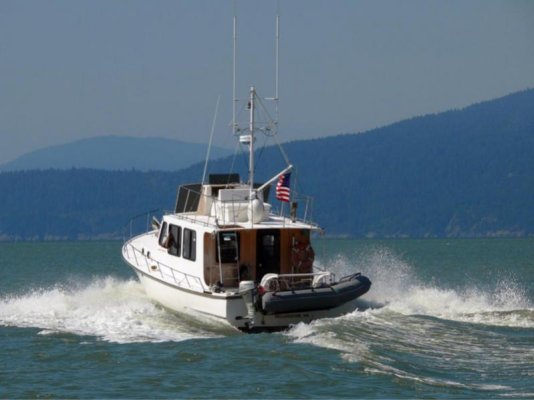bfloyd4445
Guru
I love the looks of Grand Banks and have been considering buying a 32-36 GB but am not sure it will do what i wish to use it for. I like to bottom fish and troll for salmon out of Coos Bay Oregon which will be her primary use. I would also like a boat capable of traveling from Coos bay to the central california delta and its thousand miles of waterways.
question: Have any of you made such a trip along the coast and if so what kind of boat would you recomend? What about there use for fishing?
Thanks
Britt
question: Have any of you made such a trip along the coast and if so what kind of boat would you recomend? What about there use for fishing?
Thanks
Britt





 Good luck! - Art
Good luck! - Art 

